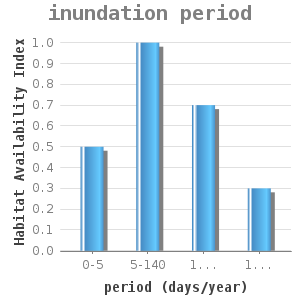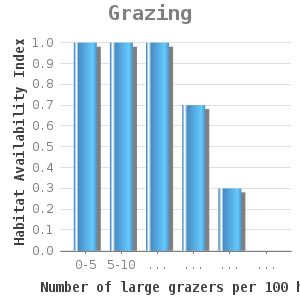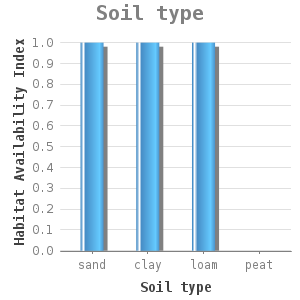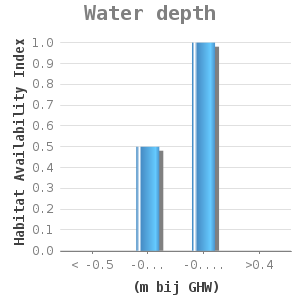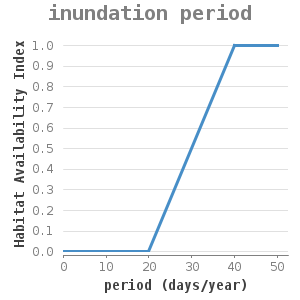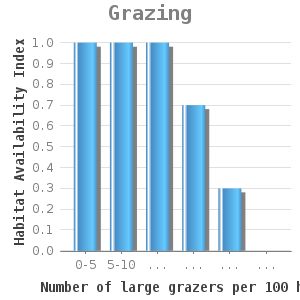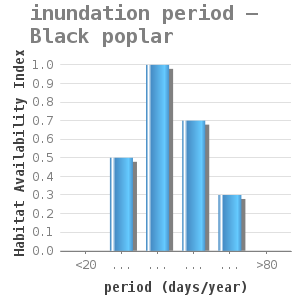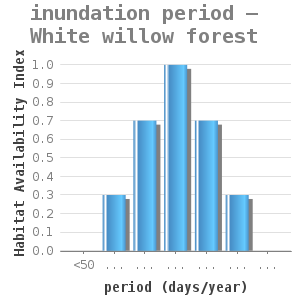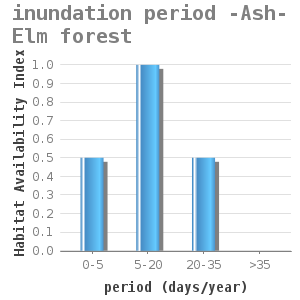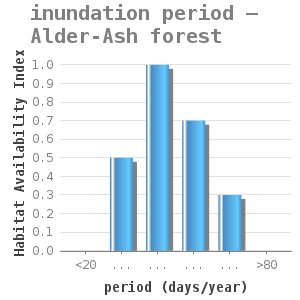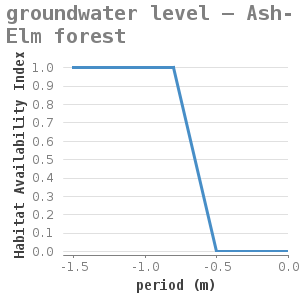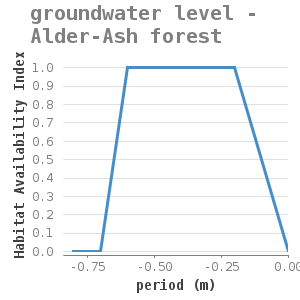H91EO - Alluvial forests with Alnus glutinosa and Fraxinus excelsior (Alno-Padion, Alnion incanae, Salicion albae)
General
General characteristics |
|
|---|---|
Common name |
Alluvial forests with Alnus glutinosa and Fraxinus excelsior (Alno-Padion, Alnion incanae, Salicion albae) |
Region |
Europe |
Water system |
Rivers, streams |
Nature parameter |
Habitat type |
HR nr |
H91E0 |
Fact sheet by |
M. Haasnoot |
Description habitat
This habitat type includes a wide range of riparian forests. These forests belong to the following three different sociological plant associations:
- Alno-Padion (Bird cherry, Ash, Elms),
- Alnion glutinosae (Ash), and
- Salicion albae (Willow and bush) #1.
Alno-Padion is the central class. The most common species is the Common Ash (Fraxinus excelsior). On clayey sediment along rivers, you can also find Ash and Elm trees (Fraxino-Ulmetum). Along brooks you will find Bird cherry and Elm trees (Pruno-Fraxinetum) and Sedge ash-alder woods (association Carici remotae-Fraxinetum). Hardwood woods of the Alno-Padion association belong to the habitat type 91F0.
Beekdal-elzenbroeken belonging to the Alnion glutinosae occurring on locations with (base rich) seepage are important for this habitat. The Black alder is the dominating species, it grows on locations where the water level is at the root zone. This base-rich variant is characterised by the occurrence of Large bittercress (Cardamine amara) and Alternate-leaved golden saxifrage and Golden-saxifrage and (Chrysosplenium alternifolium, Chrysosplenium oppositifolium).
The softwood forests of the Salicion albae association are Riparian forests, which develop along river banks. It can be found along rivers and fresh water tidal areas. Characteristics species are White willow (Salix alba) or Common osier (Salix viminalis). The Black poplar (Populus nigra) is also a characteristic species. The undergrowth mostly consists of trivial marsh plants and brushwood, such as Stinging nettle (Urtica dioica), Comfrey (Symphytum officinale), Reed canary grass (Phalaris arundinacea), Cleavers (Galium aparine), Purple loosestrife (Lythrum salicaria) and Yellow iris (Iris pseudacorus).
General occurrence
This habitat occurs along riverbanks and basins of greater rivers, along brooks in the Achterhoek, Twente, North-Brabant, Mid- and South Limburg and the Veluwe and near the lateral moraine of Nijmegen.
Environmental conditions
This habitat type occurs in the fluviatile Kempens, Gelders, Drents district.
Willows and poplars germinate on tide-land. Because the seeds have a short life span, germination and settlement of seeds only takes place if the soil conditions are optimal during the period of seed production. Germination does not occur on dry areas or locations that stand clear of the water later in the season #6. Seedlings can not survive long term flooding, contrary to the older plants.
The forest communities belong to the group of hardwood riparian forest and softwood riparian forest, which occur in case of a flooding period of 2 to 50 days/year and 50 to 150 days/year respectively #2. White willow are well adapted to long-term inundation and frequently occur on lower lying parts of riverbanks and can survive inundation periods of 80 to 140 days per year #6. Black poplars do flourish on the higher parts as compared to White willows, with a mean inundation period between 2 and 50 days per year. In fresh water tidal areas of the Biesbosch, wilgen grienden could be found in a zone between 45 and 35cm above mean high water of 1.35m NAP (Normal Amsterdam Water Level), but that was before the closure of the Haringvliet. Development was optimal up to 1m NAP #7. The Esh and elm forests can be found in those Dutch river areas that inundate less than 5 days per year #5. They can also be found abroad in areas with a longer flooding period, such as 50 days per year with a maximum of 15 in a row along the Oberrhein #5. According to Dister #8, Esh and Elm forests at higher locations develop when the inundation period is less than 20 days per year. Schoor en Van Splunder #9 found Ash and Elm forest along the Donau in Hungary with a mean flooding period of 8 to 20 days per year.
Mean spring groundwater level for forests belonging to this habitat type should range between 10 and 80cm #4,#6. White willow can better tolerate flooding, but can not survive permanent soil saturation. Oxygen is necessary in the rootzone during the growing season. Black poplars can withstand sharply varying and periodically low groundwater levels. Elm and Ash forests naturally occur along river valleys where seepage load from surrounding areas is the highest. On locations with a prolonged water level in the rootzone, the Black alder occurs #5. For forests of Ash and eEms, next to flooding, the lower water level during growing season is an important factor. For an optimal development the lowest ground water level during growing season should be more than 1 to 2 meter above ground level #10.
The soil type consists of sand, loam or clay #4. Black poplars prefer a sandy soil. The Common ahs prefers a clayey soil and the Smoothed leaved elm sand.
Control and growth opportunities
The Willow (Salix dasyclados) can also be found in forests in fresh water tidal areas. This species was planted because of the former griendcultuur-thicket culture. Forests of willows and poplars can only develop if there is no grazing or extensive grazing. Literature mentions a maximum of 20-30 or 35-50 grazer per 100 ha #6.
Dose-effect relations
Important environmental factors that determine the occurrence of this habitat type are the inundation period, soil type and grazing density. Groundwater level is mainly determined by the water level/inundation period and is therefore not included as an extra parameter. The following dose effect relations include the combined conditions for various types of forests, as they make up this habitat type. For various inundation periods and soil types, different vegetation types can be dominant. For effect modelling it is therefore worth considering to make a distinction between the various types of forests, using Duel et al #5 en #6. The dose effect relations for forests with White willow, Black poplar, Ash-Elm and Alder-Ash have already been included (see caption subvegetation types). For Alm and Esh forests and Alder en Elm forest, the groundwater level dose effect relations have been included also.
Flow chart
Dose-effect relations
River area – all forests of H91E0
Fresh water tidal areas - White willow forest
River area – sub forest types of H91E0
Uncertainty and validation
These dose effect relations have not been validated.
Applicability
These dose-effect relations are mainly formulated based on information from The Netherland. This habitat model can be applied to all Dutch rivers and brooks.
Example project
The dose-effect relation for softwood and hardwood Riparian forests have been used for the river area #2.
References
1 Janssen, J.A.M. en Schaminee, J.H.J. (2004). Europese natuur in Nederland; Habitat typen. KNNV Uitgeverij, Utrecht. ISBN: 9050111661
2 Klijn, F., S.A.M. van Rooij, M. Haasnoot, B.L.W.G. Higler & B.S.J. Nijhof. (2002) Ruimte voor de Rivier, Ruimte voor de Natuur. WL-rapport Q2824.10, Alterra-rapport 513. ISSN 1566-7197
3 http://www.minlnv.nl/natura2000
4 Runhaar, H. Waternood. Hydrologische randvoorwaarden voor natuur.
5 Duel, H. & B. Specken (1994). Standplaatsmodel Essen-Iepenbos: een model voor het bepalden van de standplaatskwaliteit van rivieroevers en uiterwaarden voor essen-iepenbossen (Fraxino-Ulmetum). TNO-BSA. RIZA werkdocument 96.046x
6 Duel, H. & B. Specken (1994). Standplaatsmodel Wilgen-populierenbos: een model voor het analyseren van de standplaatskwaliteit van rivieroevers voor wilgen-populierenbossen (Salicion albea). TNO-BSA. RIZA Werkdocument 96.046x
7 Zonneveld, I.S. (1960). De Brabantse Biesbosch. Een studie van bodem en vegetatie van eene zoetwatergetijdegebied. Proefschrift, Wageningen.
8 Dister, E. (1980). Geobotanische Untersuchungen in der Hessische Rheinaue als Grundlage fur die Naturschutzarbeit. Georg August Universitat, Gottingen.
9 Schoor, M.M. & I. van Splunder (1993). The relation between vegetation and hydrology/morphology. FLoodplain rehabilitation Gemenc. Vegetation studies. Working document 1B. RWS-RIZA Arhnem.
10 Westhoff, V. & A.J. den Held (1969). Plantengemeenschappen in Nederland. Zutphen.
